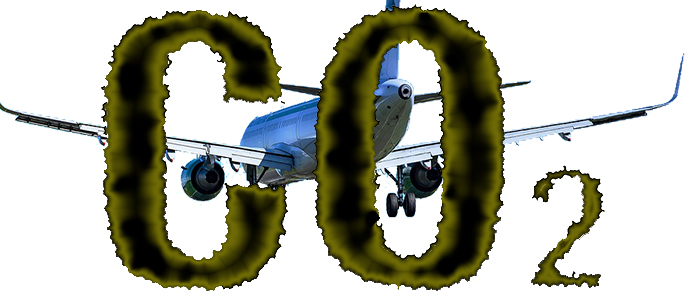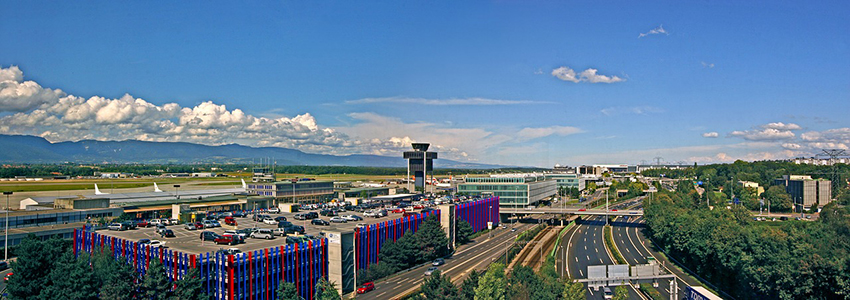The Commission published its long term emission reduction strategy today, beginning a process which will end with adoption by member states in May, and which will then inform the new Commission which takes office in late 2019. The 2011 was hugely influential in the resulting legislation, and we expected this strategy to have a similar impact.
On aviation, there are reasons to be cheerful. Below an assessment of the Communication and the in-depth analysis which accompanied it, available here.
- ICAO gets a reference, but its rather towards the end of the aviation section, and recognised that more is needed.
- clear focus on low-carbon fuels over battery electrification. Within low-carbon fuels there are advanced bio and e-fuels, with an emphasis on the former over the latter. But considering the latter industry doesn’t yet exist, perhaps unsurprising.
- demand reduction and fiscal measures also included, and the line that aviation needs to be put on the same regulatory and fiscal footing as other modes.
- non-NO2 and the need to act are included
Generally though, what strikes me is that aviation is treated like other sectors. Though the communication doesn’t commit the sector to having to get to zero, it does recognise that massive reductions are needed and it isn’t counting on ICAO to deliver them.
T&E reaction here: EU publishes climate strategy to exit oil
Andrew Murphy, Transport & Environment







